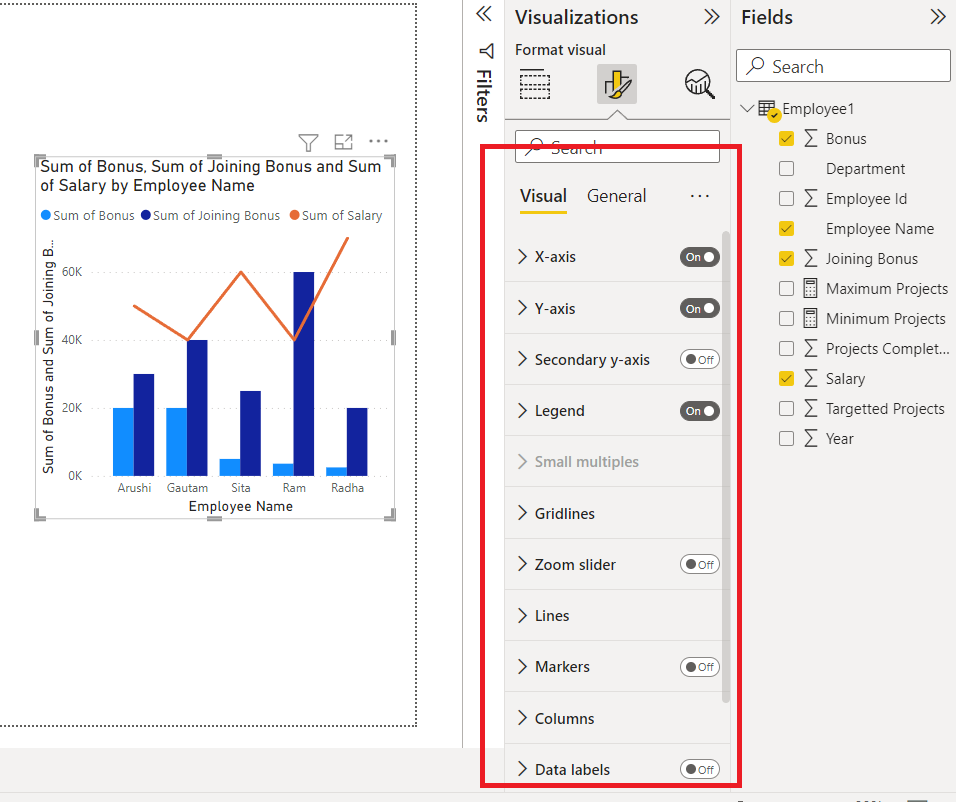Cloud BI Solutions Transforming Business Intelligence
Cloud BI Solutions are revolutionizing how businesses approach data analytics and decision-making. With their ability to deliver real-time insights and foster collaboration, these solutions are rapidly becoming indispensable in the competitive landscape of modern business. As organizations increasingly seek agility and scalability, adopting Cloud BI Solutions offers a pathway to harnessing the full potential of … Read more




